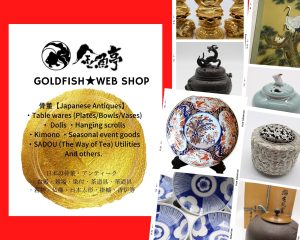
There are various unique 発酵【HAKKOU】;fermented food in Japan.
味噌【MISO】Fermented soybean paste for soup and seasoning.
醤油【STYOUYU】Fermented soybeans and salt sourse for seasoning which is used most.
味醂【MIRIN】Fermented rice essence used at cooking to make ingredients gross or shine.
豆腐【TOUFU】Consolidated essence of soybeans.It’s popular among vegetarians because of it’s law calorie and goodness to the body.
納豆【NATTOU】 Fermented soybeans.It’s famous for it’s stickiness visual and unique aroma.
There are world most number of three stars restaurants.
They are arranging foods from over the world into 和風【 WAFUU 】Japanese way.
和食【WAーSYOKU】Japanese Foods gained World Intangible Cultural Heritage in 2013 as it's traditional and seasonal beauty, well-balanced healthy. I'll introduce from daily meals to seasonal special dishes.We'll introduce Japanese foods and their features from daily meals to special dishes.
Traditional style of Japanese dish is established in feudal society of 室町【MUROMACHI】Era, among leaders or loads of local regions. There are 一汁三菜(1 soup and 3 dishes), 二汁五菜【NIJYUU-GOSAI( 2 soups and 5 meals)】or 三汁七菜【SANJYUU-NANASAI(3 soups and 7 meals)】 ,depend of it’s formalness.
1.Basically, ideal style of daily meals is called 一汁三菜【ICHI-JYUU-SAN-SAI(one soup and three dishes)】.
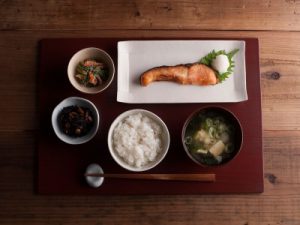
One bowls of ご飯【GOHAN(rice)】, one bowl of 味噌汁【MISOSHIRU(MISO Soup)】, a Bowl or plate of main dish, 2 kinds of side dishes. In addition of them, 漬物【TSUKEMONO(pickles)】or other small dishes.
Usually, main dish is put on a large bowl in the center of table and people take it on each small plates by 菜箸【SAIBASHI(Chop sticks for taking OKAZU)】or chop sticks for them selves among family or very close people.
GOHAN is on the left and MISOSHIRU is on the right. Chop sticks is laid in front of them horizontally (on a chop sticks rest, If you had).
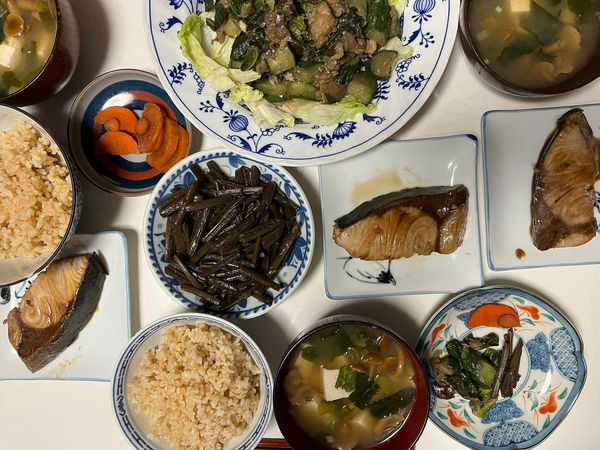
▶GOLDFISH WEB SHOP<Basic set of Japanese meal.Traditional Japanese daily-use tableware like bowls for rice, miso-soup and dishes for their objects like fish,boiled vegetables and something for small bowl.
1.白米【HAKU-MAI】・米【KOME】・ご飯【GOHAN】
Traditionally, for Japanese main meal is ご飯【GOHAN】steamed 米【KOME(rice)】.
And other dishes are called おかず【OKAZU】.
When Japanese call GOHAN, it means steamed rice and it also has a meaning a meal. When mom said “It’s time to GOHAN”, it’s time to eat a meal.
In ancient time, since Rice-planting culture has delivered from Eurasia continent or Korean peninsula, rice is not only food but important center of their culture for Japanese people.
A lot of Japanese traditional festivals are related with rice-planting, cropping, praying for well-cropped and cerebrating cropping.※1

It’s not too much to say for Japanese,
OKAZU exist for eating white rice deliciously❢
fuu~n(Mogu-Mogu).
※Tama-chan is eating a bread🍞
Especilally for people in NIIGATA prefecture,
the cropping place of KOSHIHIKARI
(※Japan’s NO.1 brand of rice)♪🌾
▶ESSAY:ご飯【GOHAN】rice for Japanese. They matches any kinds of side-dishes from Japanese to
混ぜご飯【MAZE-GOHAN(Crunbled Rice)】/炊き込みご飯【TAKIKOMI-GOHAN(Mixed and Steamed Rice) 】is made with vegetables, chicken or 山菜【SAN-SAI(Mountain vegetable)】.
There is also 赤飯【SEKI-HAN】literally mean RED RICE in happy occasions. Wedding, House-moving, 節句【SEKKU】Seasonal Holidays, and celebration for the beginning of menstrual function of daughters in the home(!).
Recently, more people eat 玄米【GEN-MAI(Brown Rice)】not polished, contains more nutrition like vitamin B for their health.

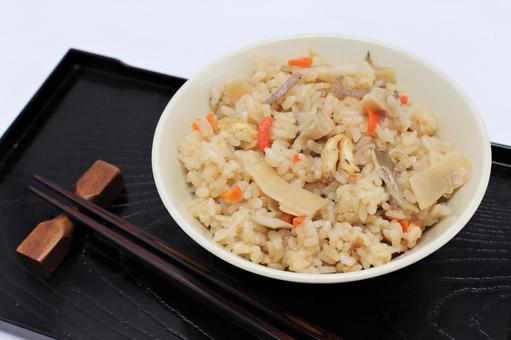

「一汁三菜」【ICHI-JYUU-SAN-SAI】: literally means “One Soup and Three Dishes”.
Basic style of daily dishes is called 「一汁三菜」【ICHI-JYUU-SAN-SAI】, it literally means “One Soup and Three Dishes”. Each items are below.

●What’s 一汁【ICHI-JYUU(One Soup)】?
・It’s ordinally, 味噌汁【MISO-SHIRU(Miso soup)】. 味噌【MISO】is paste mixed with soybeans and salt, and fermented by 糀/麹【KOUJI】(good mold or bacteria made from rice or wheat) .
At first, 出汁【DASHI】(Soup stock of 昆布【KONBU(Sea vegetable)】, 鰹節【KATSUO-BUSHI(fermented and dried bonito)】or 煮干し【NIBOSHI(Boiled and dried small fish)】is made in boiled hot water and it makes うまみ【UMAMI】flavors(amino acids or nucleic acid).
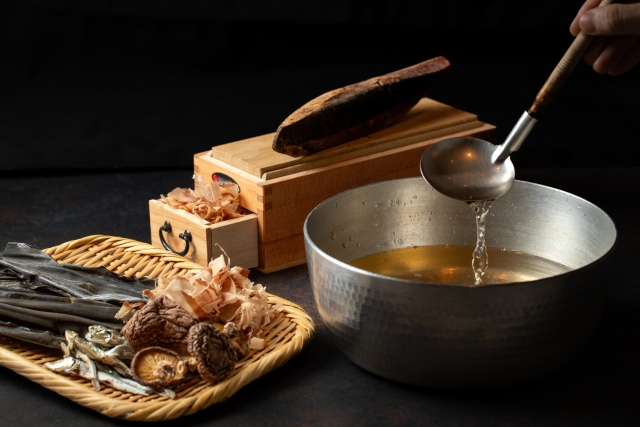
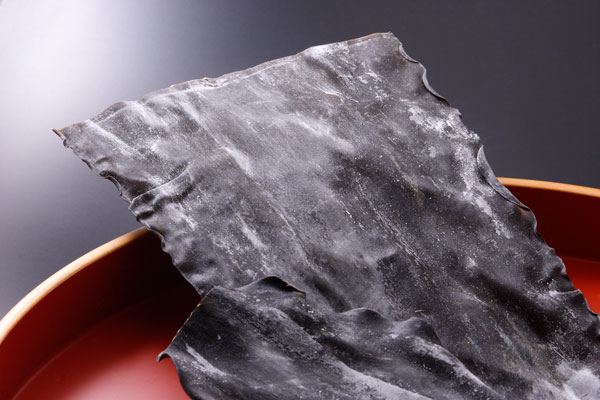
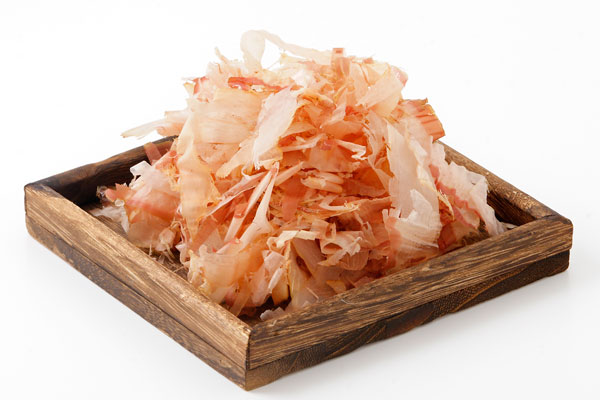
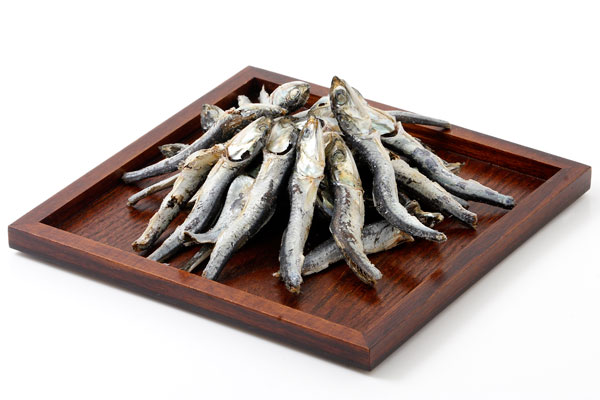
It is said that we human can only feel it’s tasty for amino acids or nucleic acid. So, in Japan many dishes are start from making DASHI. That’s a reason even Japanese cuisines are delicious even taste is not so strong.
Recently, powdered DASHI is getting popular because it’s more easy to cook.
Usually, ネギ【NEGI】green onion, 豆腐【TOUFU】, ワカメ【WAKAME(Sea vegetable)】, 油揚げ【ABURA-AGE(Fried toufu)】or many kinds of vegetables are in it.
Sometime, 吸い物【SUIMONO】or すまし汁【SUMASHI-JIRU】soup without MISO, hot soup of only 出汁【DASHI】soup and little ingredients are served in special occasions or formal ceremonies.


●Example of 三菜【SAN-SAI(Three dishes)】
・Traditionally popular main dish is 焼き魚【YAKI-ZAKANA(Grilled Fish)】or 煮魚【NI-ZAKANA(Boiled Fish)】; Ex.鮭【SHAKE(Salmon)】, 秋刀魚【SAMMA(Pacific saury)】, ホッケ【HOKKE(Atka mackerel)】, 鰤【BURI(Yellow tail)】, かます【KAMASU(Barracuda)】,鰈【KAREI(Flounder)】so on because Japan is a country surrounded by sea.
In ordinary Japanese house’s kitchen, a gas stove also has a grill with mesh tray, exclusive for fish.
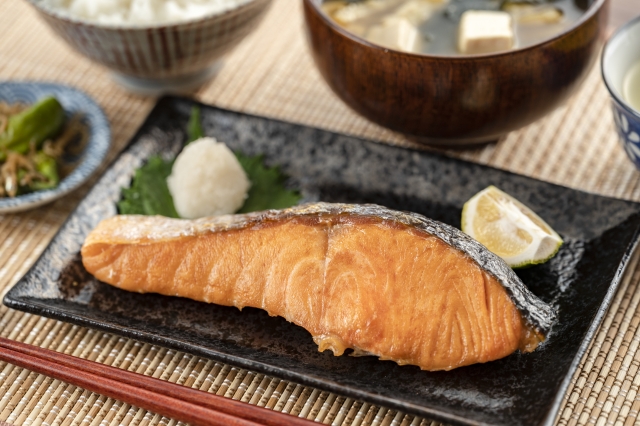
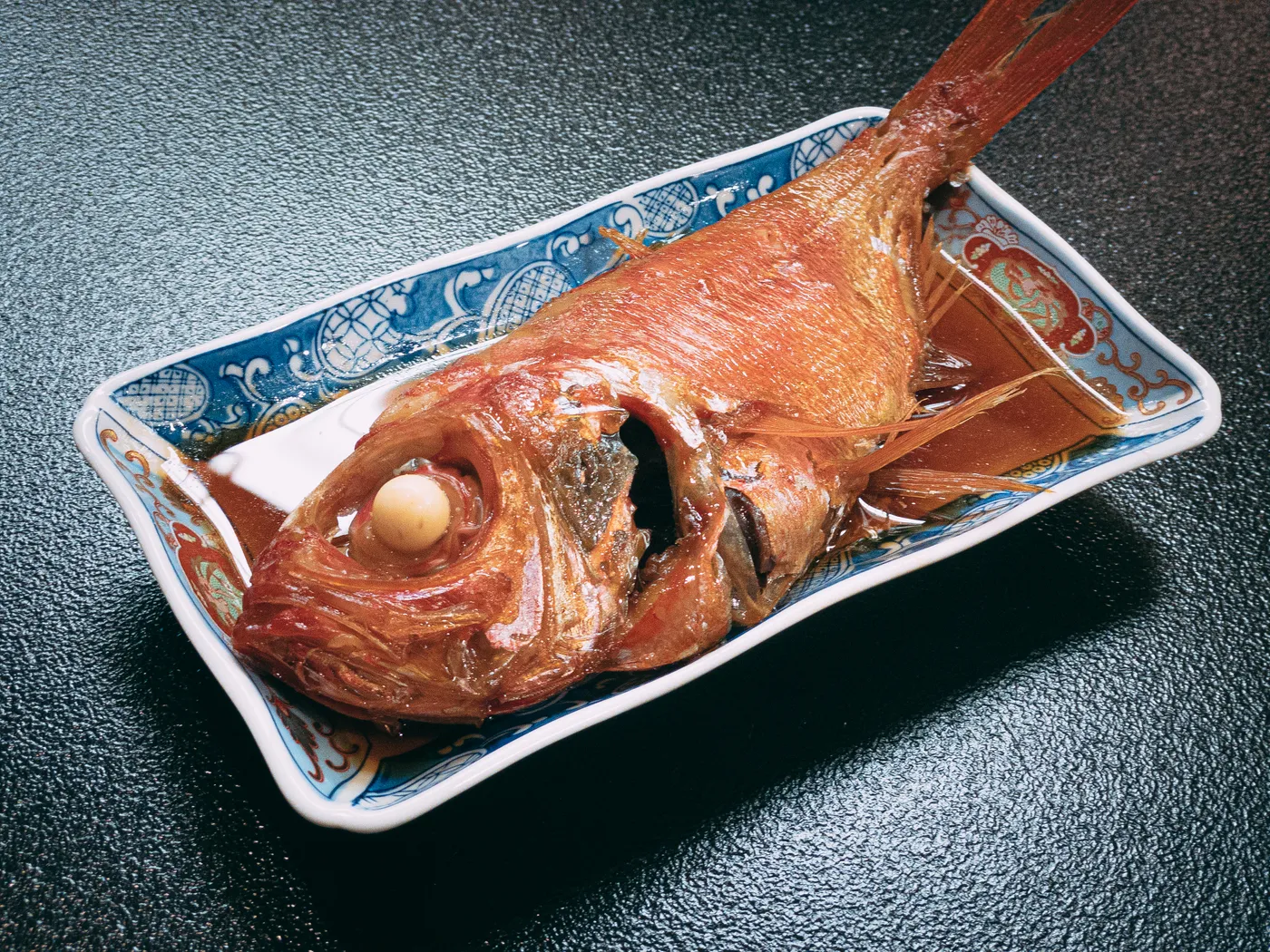
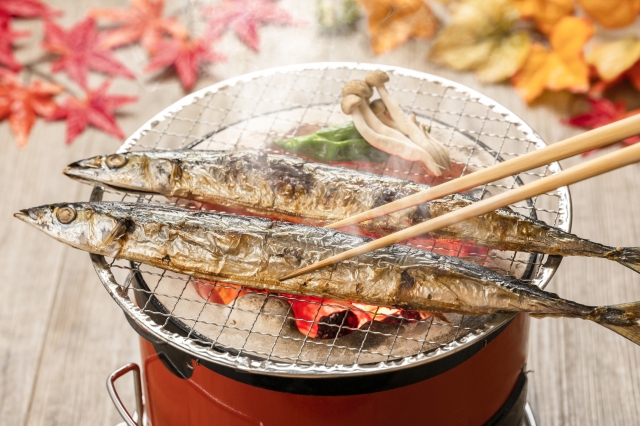
・煮物 Boiled vegetables like 肉じゃが【NIKU-JYAGA(boiled meat and potato)】, 筑前煮【CHIKUZEN-NI( Boiled Chicken, TAKENOKO Bamboo, KONNYAKU and other vegetables)】, ぶり大根【BURI-DAIKON(Boiled Yellow tail and Japanese white radish)】,里芋の煮っころがし【SATOIMO NO NIKKOROGASHI(Boiled and Rolled SATOIMO(TARO)】so on.
▶Do you like TERIYAKI taste? Every meals become Japanese taste if you used those seasonings at your home!!GOLDFISH WEB SHOP<Check the basic set of Japanese 4 seasonings for daily meals!Much of Japanese home-made dishes are able to be cooked by those only 4 KINDS OF SEASONINGS!

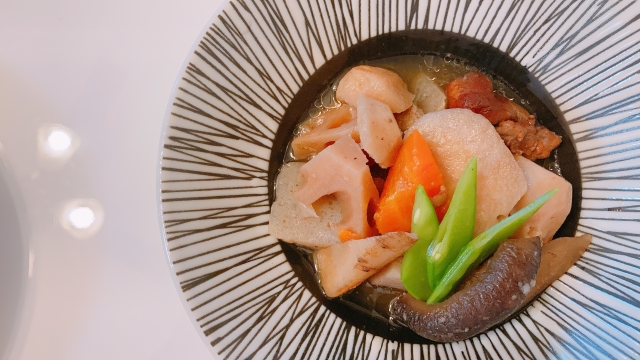
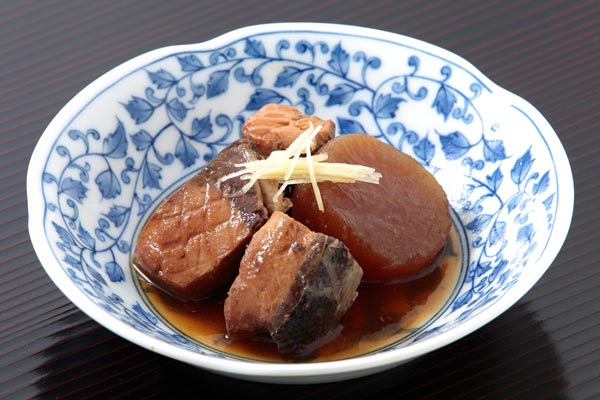
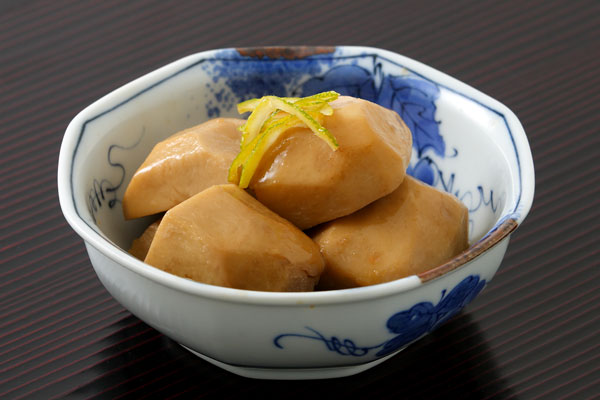
Usually, they are served on a large bowl on the center of table and ones take it for each small plates.
Other popular small dishes :
・なます【NAMASU】A dish of chopped raw fish and vegetables with vinegar.
・おひたし【O-HITASHI】Boiled green vegetables like ほうれん草【HOURENSOU(spinach)】 or 小松菜【KOMATSUNA(Japanese mustered spinach) 】with little soy sauce or DASHI soup.
・きんぴらごぼう【KIMPIRA-GOBOU】
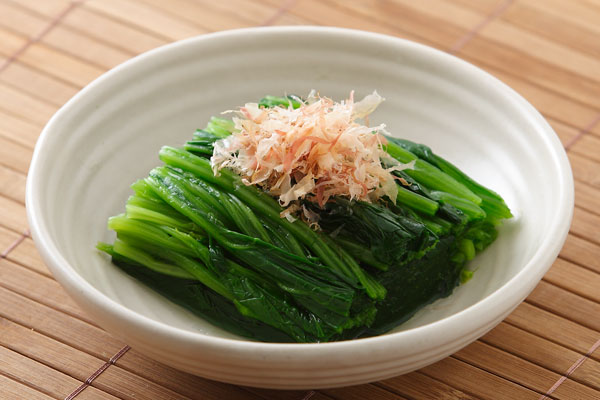
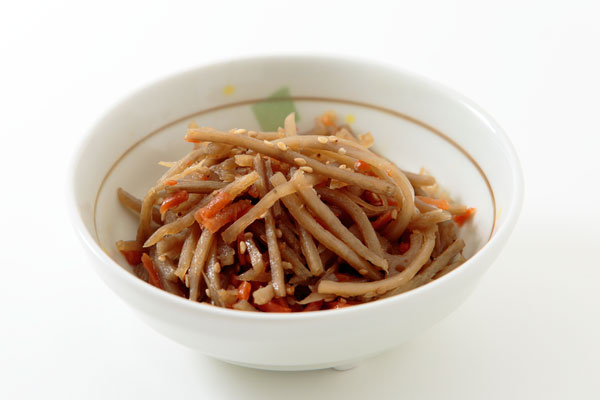

・納豆【NATTOU】
Fermented soybeans by NATTOU bacteria is well ate on the rice in daily dish for usual Japanese, for health.
NATTOU Bacteria is SO strong and they are found in cosmos space, too!
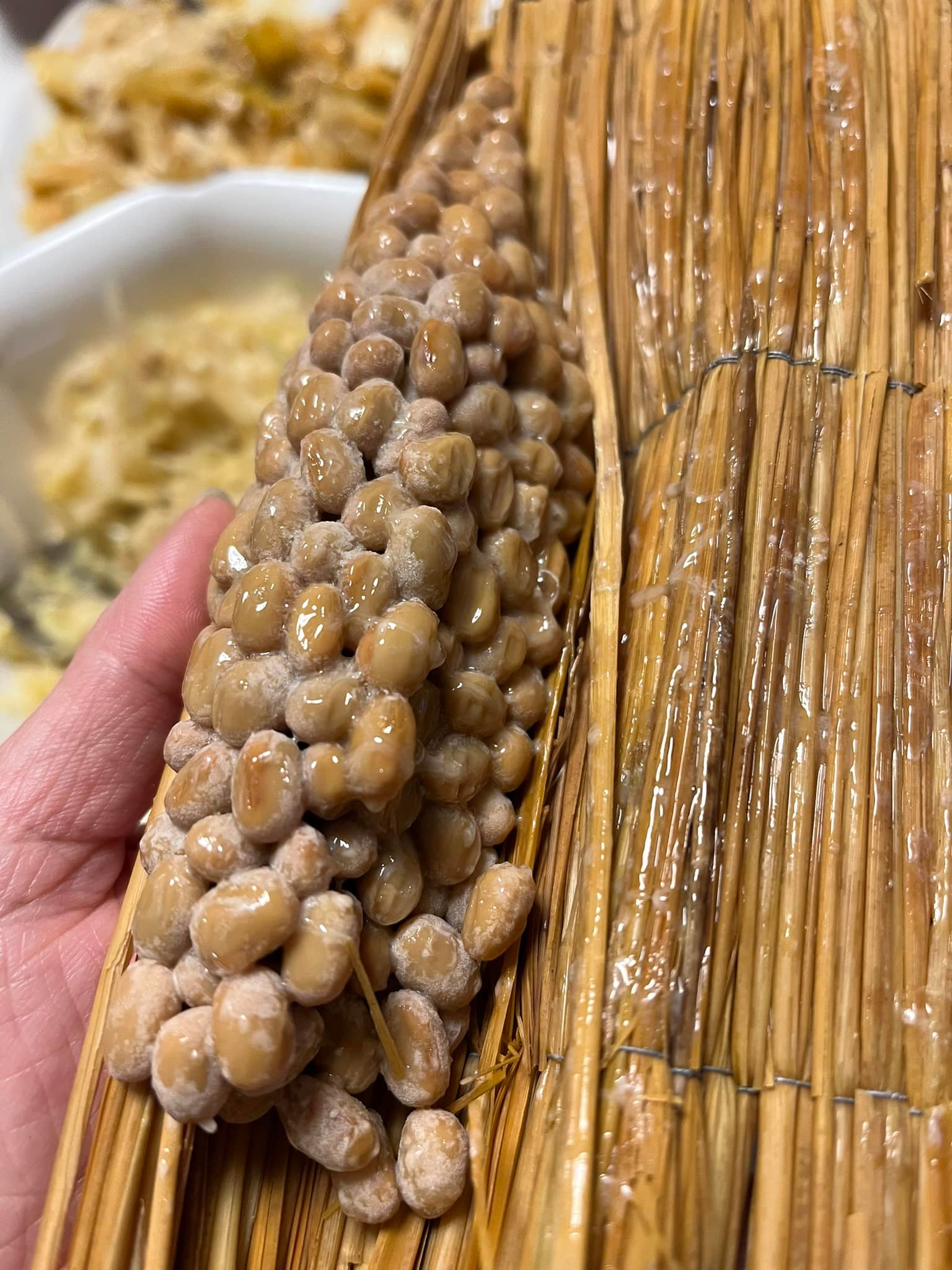
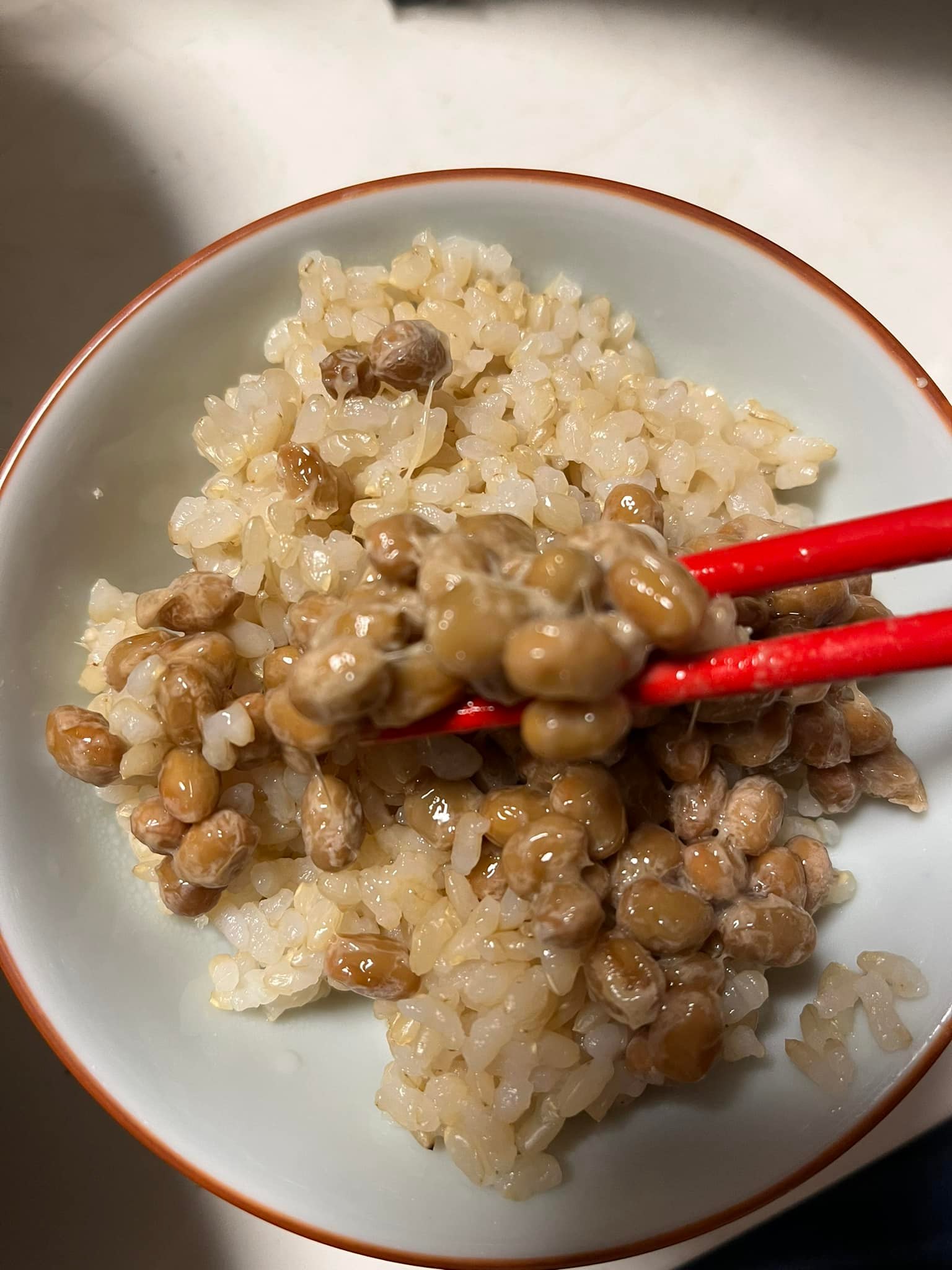
The five major nutrients are essential nutrients for us to maintain our health. Natto contains all five major nutrients. It is rich in protein, B vitamins, vitamin K, zinc and dietary fiber. It also contains a component called saponin, which activates natural killer cells, which are a type of immune cell, suppresses the accumulation of excess fat, and has antioxidant effects.
Do you have a habit to eat fish roes in your country?
・筋子【SUJIKO】Salted roe of salmon.

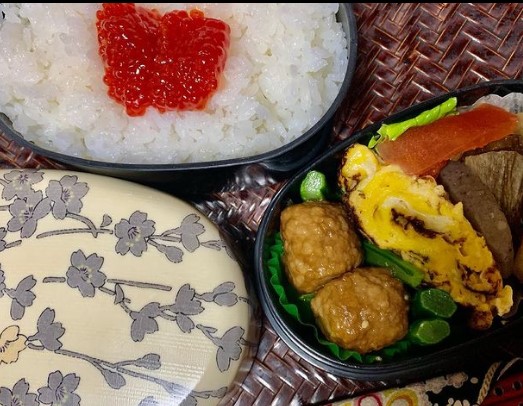
・いくら【IKURA】SUJIKO crumbled and dipped into soy saurce and MIRIN. Needless for いくら丼【IKURA-DON(rice bowl)】,海鮮丼【KAISN-DON】Seafood Donburi-rice bowl, and 寿司【SUSHI】.
・たらこ【TARAKO】Salted roe of codfish.・明太子【MENTAIKO】TARAKO with red hot chili pepper.
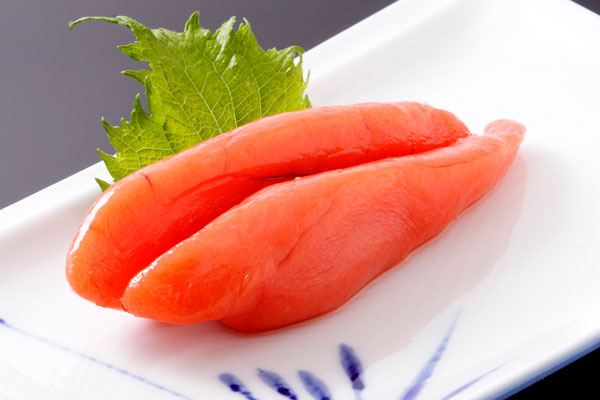
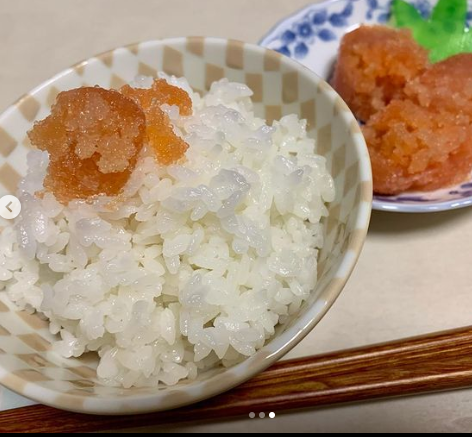
・数の子【KAZUNOKO(Salted roe of herring)】
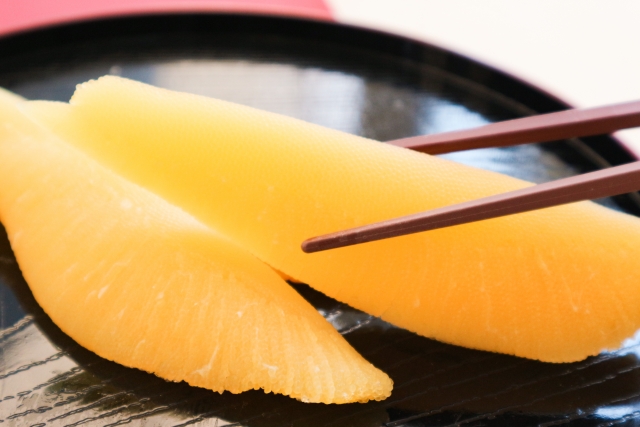
・とびっこ【TOBIKKO】Roe of 飛び魚【TOBI-UO(flying fish)】.
★(Not counted in Three dishes, though)
香の物【KOUNOMONO】or 漬物【TSUKEMONO】pickles is added, too.
Example of TSUKE-MONO: たくあん【TAKUAN】Dried white Japanese radish.
It matches to white steamed rice.
らっきょう【RAKKYOU】・らっきょう漬け【RAKKYOU-ZUKE】
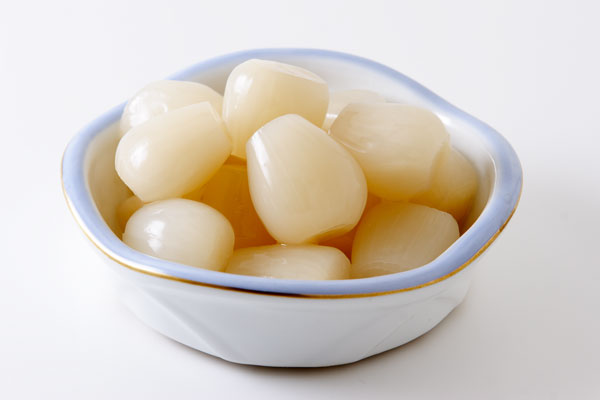
It is recommended to 三角食べ【SANKAKU-TABE】=”Triangle eating”; eat one bite of rice, then eat side dish, and miso-soup. Eating rice and side dishes together in our mouth make it more delicious.
Above is dishes for ordinally day called ケの日【KE NO HI( Ordinally days)】. In special occasions like 節句【SEKKU】;
Special seasonal days or ceremonies or parties called ハレの日【HARE NO HI(Special day)】, 二汁五菜【NIJYUU-GOSAI( two soups and five meals)】or 三汁七菜【SANJYUU-NANASAI(Three soups and seven meals)】is served.
One of a reason it is said that Japanese food is healthy is for 一汁三菜【ICHIJYUU-SANSAI】custom, we can take various kind of nutrients.
It might be hard work to make every time and it is getting less in small family especially for large city, though.
Although, even お弁当【O-BENTOU】sold in convenience stores have a lot of side dishes even now.
Are you going to try to cook “One-soup and Three dishes” meal in your home? They are healthy, traditional and beautiful Japanese style food!
▶What do you need if you wanted to cook Japanese style food in your home? Beside 米【KOME(rice】for steamed and 味噌【MISO(Fermented Soybean paste)】for Miso-soup, only three very basic seasonings are needed and they work for almost all-purpose for Japanese dishes!!
▶Why don’t you prepare perfect set for Japanese dishes in your home? We are introducing formal and daily use Japanese traditional dishes and bowls for well balanced-nutrition style called 一汁三菜【ICHI JYUU-SAN SAI(1 soup and three dishes)】.

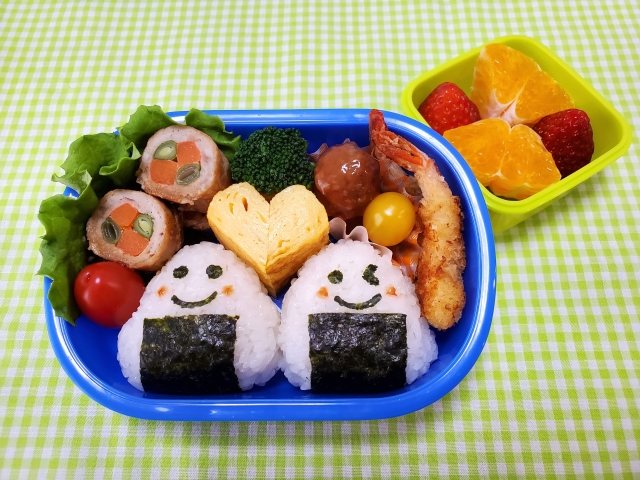
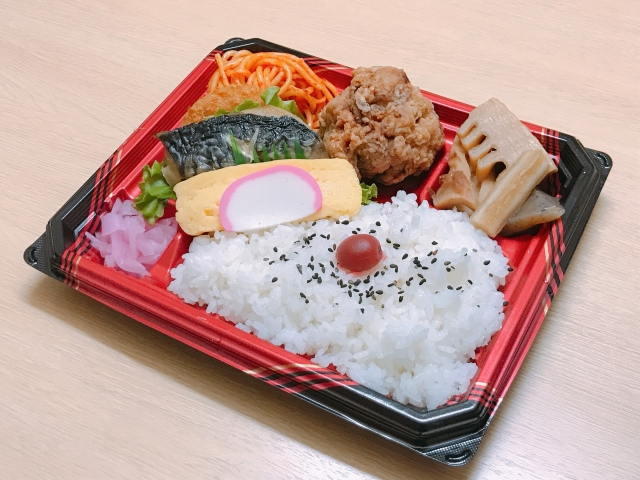
Other dishes 洋食【YOUSHOKU】中華料理【CHUUKA-RYOURI】イタリアン・韓国料理・フレンチ・東南アジア
Eggs of fish salted are eaten, too . They match to white rice and used for ingredients of ONIGIRI, too.
They are salted and fermented, so we can keep them about 1 week in refrigerator ( 2 month in freezer).
After 明治【MEIJI】Era, western county’s dishes which is called 洋食【YOU-SHOKU】arranged in Japanese style are served too(Ex. Hamburger stake, Deep fried shrimp, Croquette, OMU-RICE so on).
GOHAN matches those dishes, too.
At restaurant, if you ordered Hamburg Steak, EBI FRY (Deep fried shrimp covered by PANKO bread powder), you may asked “Rice or Bread?”.
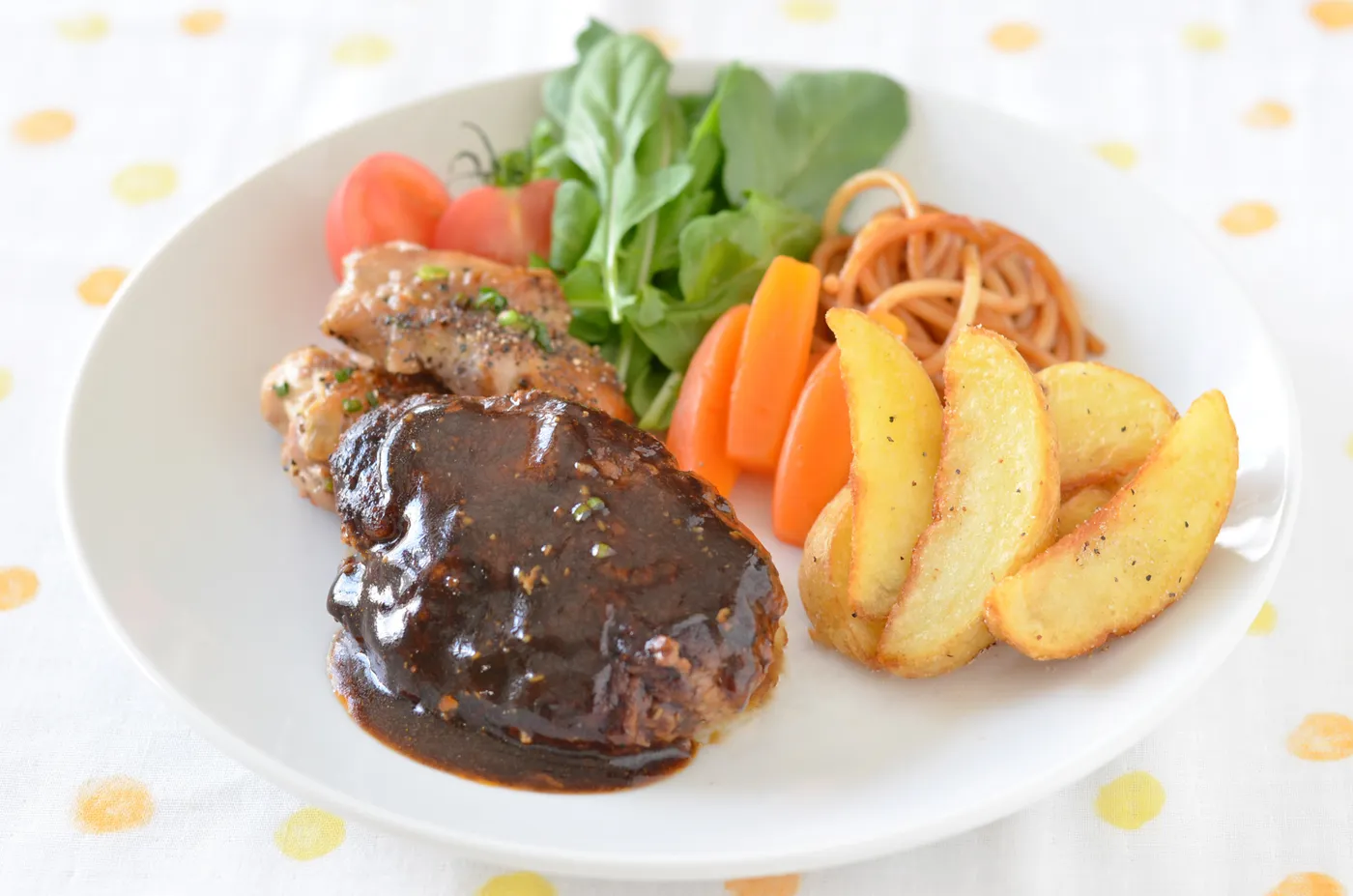
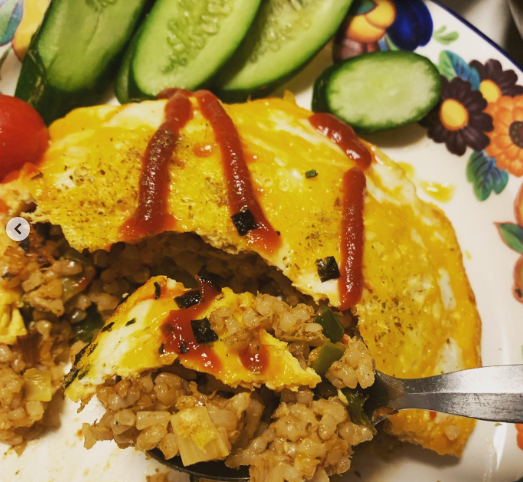
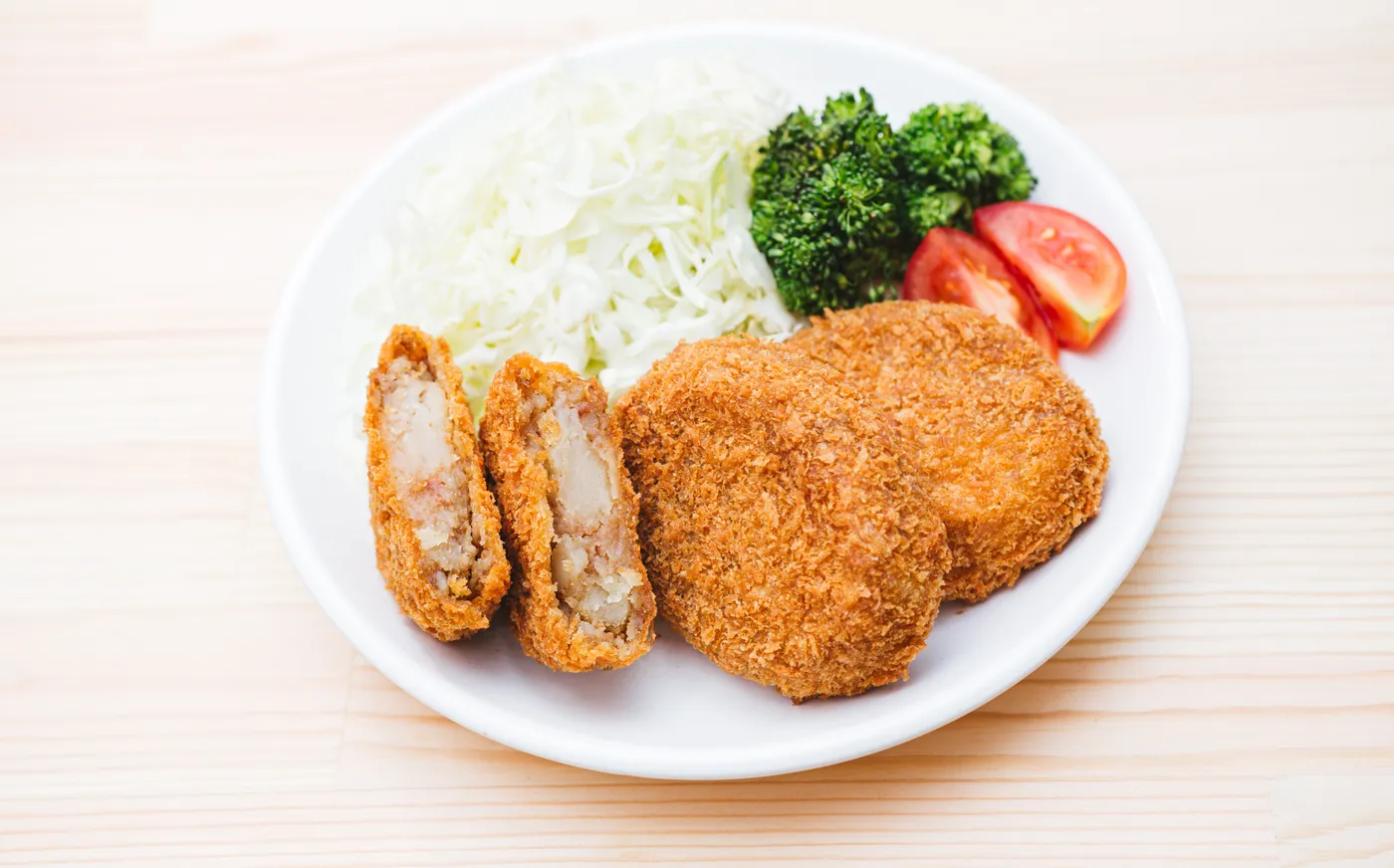
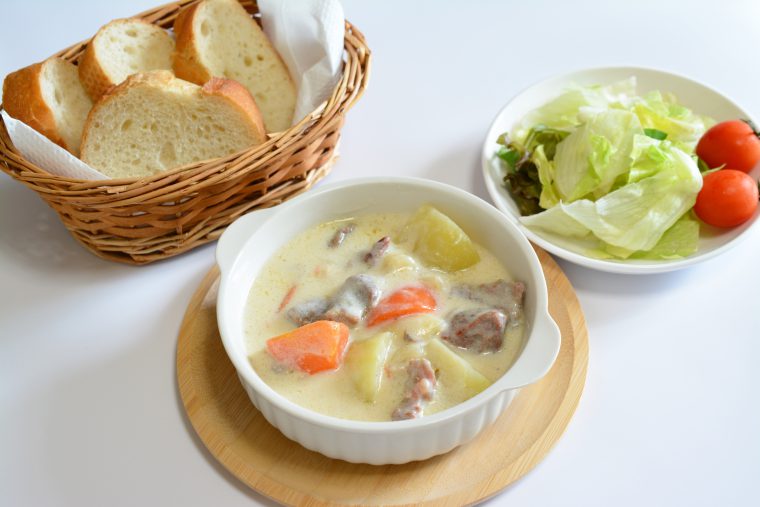
As same as it, 中華料理【CHUUKA-RYOURI)】Chinese cuisines arranged for Japanese are popular (Ex. 餃子【GYOUZA】, 酢豚【SUBUTA(Pork and vegetables with starchy vinegar sauce)】,麻婆豆腐【MAABOU-DOUFU(Toufu and minced meat)】, 八宝菜【HAPPOU-SAI(Stir-fried eight ingredients with starchy sauce )】as main dishes.
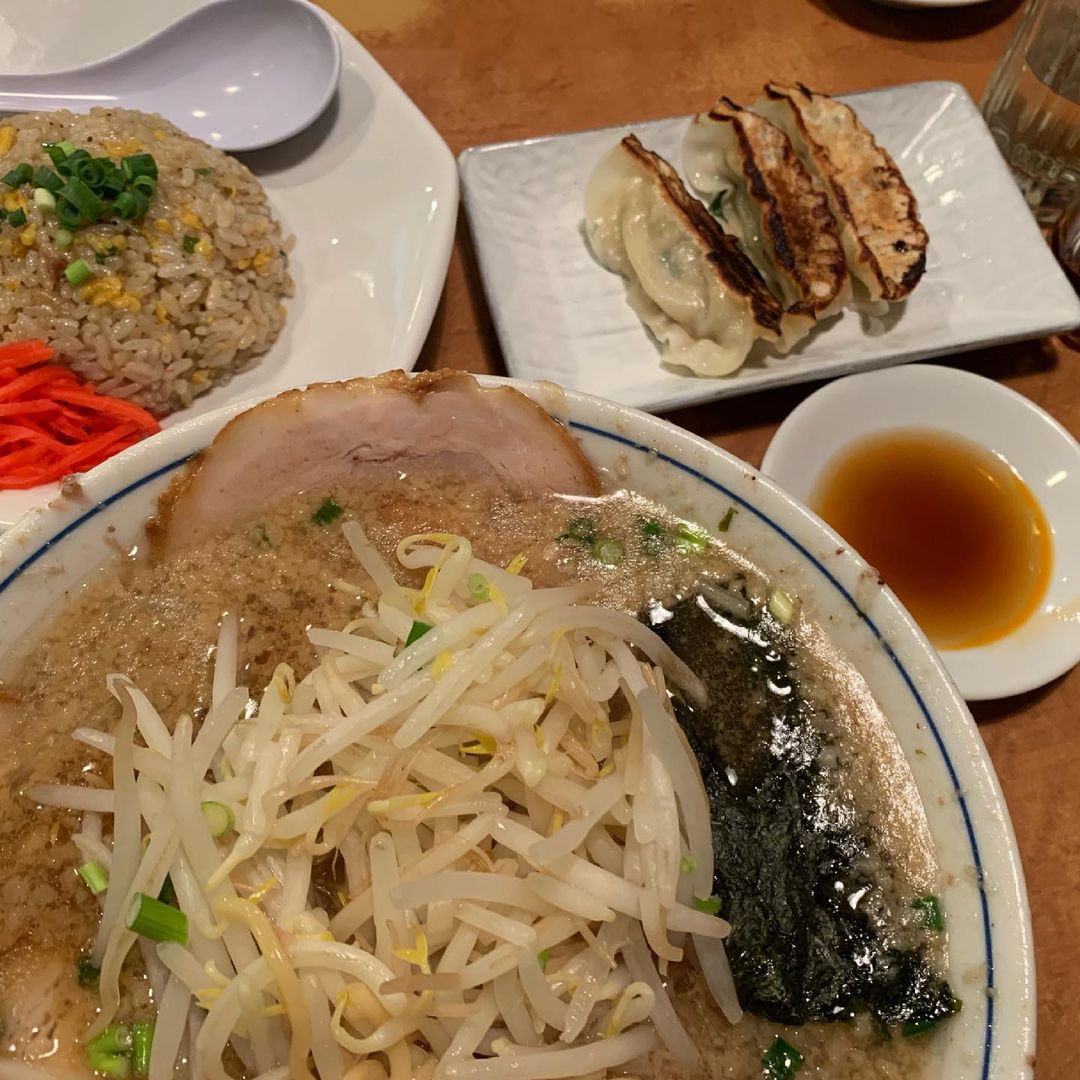
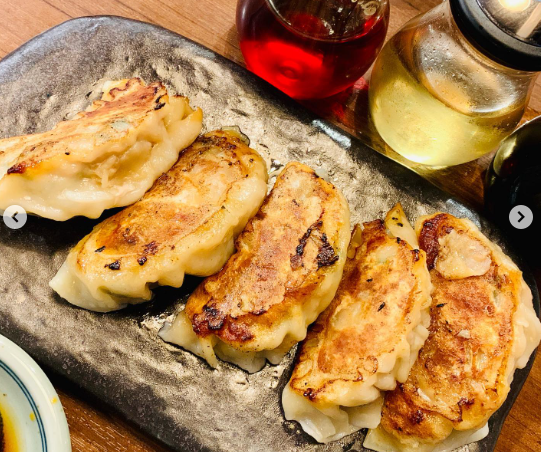

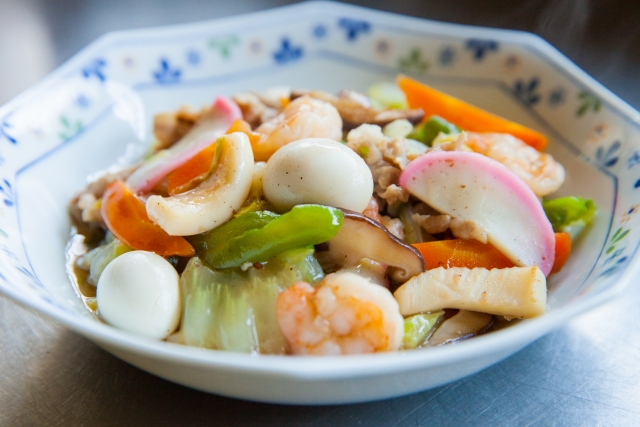
Where can we eat those special dishes?
●会席料理【KAISEKI-RYOURI】:
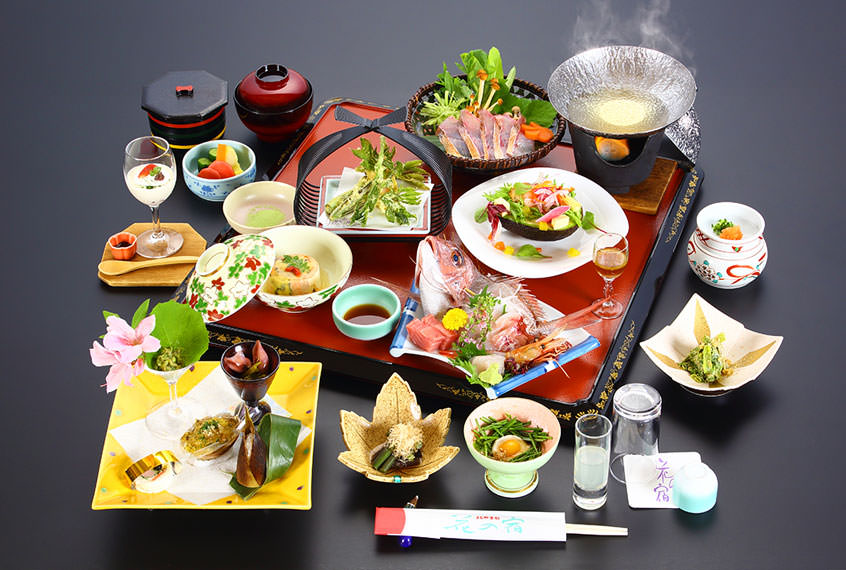
You can eat gorgeous 会席料理【KAISEKI-RYOURI(Cuisine for Party)】Japanese formal full-cause dishes at Japanese style wedding parties, very traditional, formal and expensive restaurants named 料亭【RYOUTEI】or 旅館【RYOKAN】traditional style inns.
刺身【SASHIMI(Sliced law fish served with Soy sauce and Wasabi horse radish) 】・なます【NAMASU】、吸い物【SUI-MONO】・煮物【NI‐MONO】・焼物【YAKI-MONO】・焼魚【YAKI-(Z)SAKANA】・
お通し【O-TOUSHI(Very Small dish served at first as appetizer)】・揚げ物【AGE-MONO(Deep fried Thing)】・蒸し物【MUSHI-MONO(Steamed Thing)】・和え物【AE-MONO(Mixed Thing)】・酢の物【SUNO-MONO(Vinegered Thing)】・ご飯【GOHAN】・味噌汁【MISO-SHIRU】・香の物【KOUNO-MONO】、水菓子【MIZU-K(G)ASHI(Dessert・Fruits/Sweets)】
Those dishes are put on beautiful traditional plates or very small bowls named 小鉢【KO-BACHI】are served in order one by one along with our eating. So, we can enjoy warm food as warm, old food as cold.
Menu, design of dishes and decorations like leaves or flowers are delicately changed depend on four seasons.
In 会席【KAISEKI】, ご飯【GOHAN】a bowl of steamed rice and 味噌汁【MISO-SHIRU】are served at the end of course usually. The reason is 会席【KAISEKI】is a place to enjoy conversation and drink alcohol.
●懐石料理【KAISEKI-RYOURI】:
懐席料理【KAISEKI-RYOURI】literally means” Holding a stone in the bosom” Cuisine. It is from warmed stones Buddhism monks hold in their bosom when they are starving. Pronunciation is same as 会席料理【KAISEKI-RYOURI(Cuisine for Meeting or Party)】, but they are different.
懐石【KAISEKI(Stone in bosom)】is very simple, disciplined and established dishes only to full your stomach to some extent before drinking 抹茶【MATCHA】in a tea ceremony, to avoid to drinking MATCHA with empty stomach.
Recently, we can eat 懐石【KAISEKI(Holding Stone)】only 茶事【CHAJI】; Very formal Tea Ceremony
( Sometimes, both are confused and traditional restaurants serve 会席【KAISEKI】in a name of 懐石【KAISEKI】).
Do you want to try amazing 懐石料理【KAISEKI-RYOURI】in formal 茶事【CHA-JI】by authority introduced in NHK World on 茶道【SADOU(the way of tea)】?▶OFFICE GOLDFISH CHAF’E

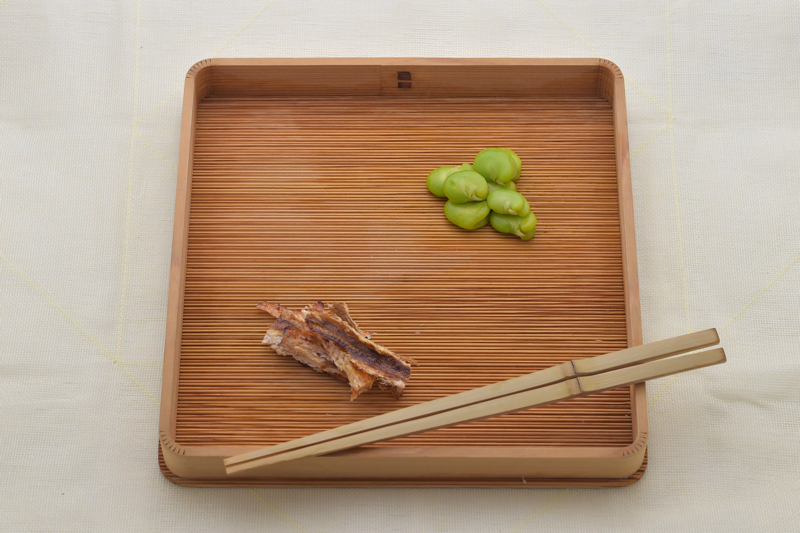

本膳料理【HONZEN-RYOURI】
精進料理【SHOUJIN-RYOURI】
It is special dishes for Buddhist monks. No meat. You can eat them in very special restaurant or particular temples which have inns called 宿坊【SHUKUBOU】.
軽食【SNACKS, Light Meal】
お好み焼【OKONOMI-YAKI】
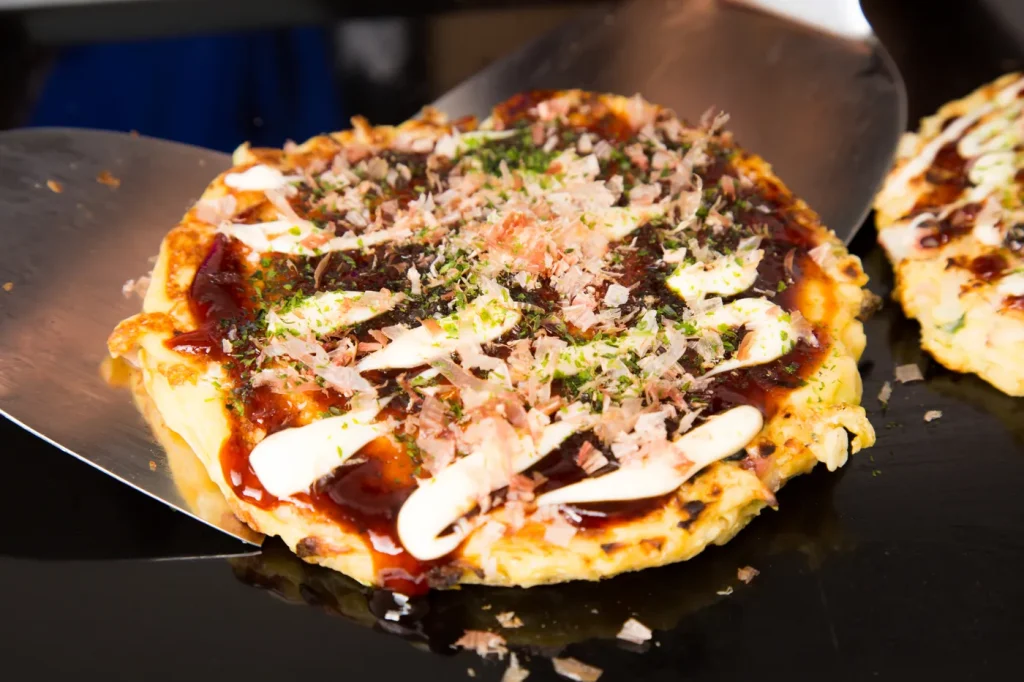
焼きそば【YAKI-SOBA】
たこ焼き【TAKO-YAKI】
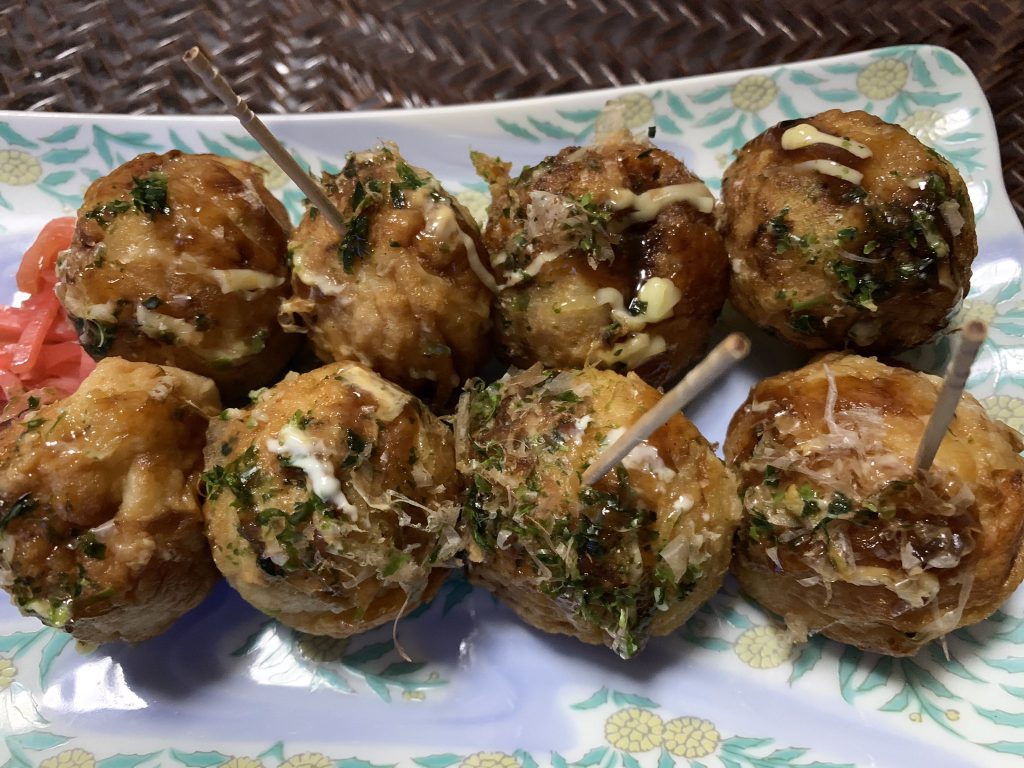
おむすび・おにぎり【OMUSUBI・ONIGIRI】
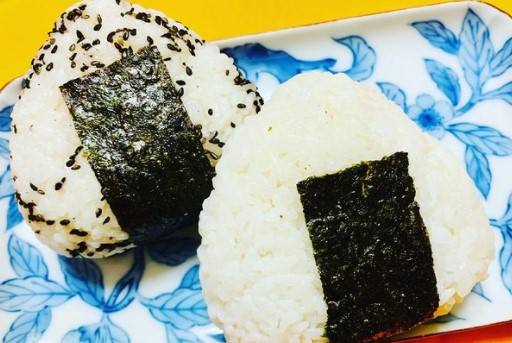

日本料理【NIHON-RYOURI】
These famous cuisine which represent Japanese food in foreign counties are made by professional cook trained well in many times and served at restaurants.
寿司【SUSHI】One of the most famous Japanese food.
A slice of row fish is on a piece of ovals-shaped steamed rice with vinegar.
Small amount of Wasabi ( Japanese green horse radish) are in it.
Put it with soy source.
にぎり寿司【NIGIRI-ZUSHI】Grabbed sushi
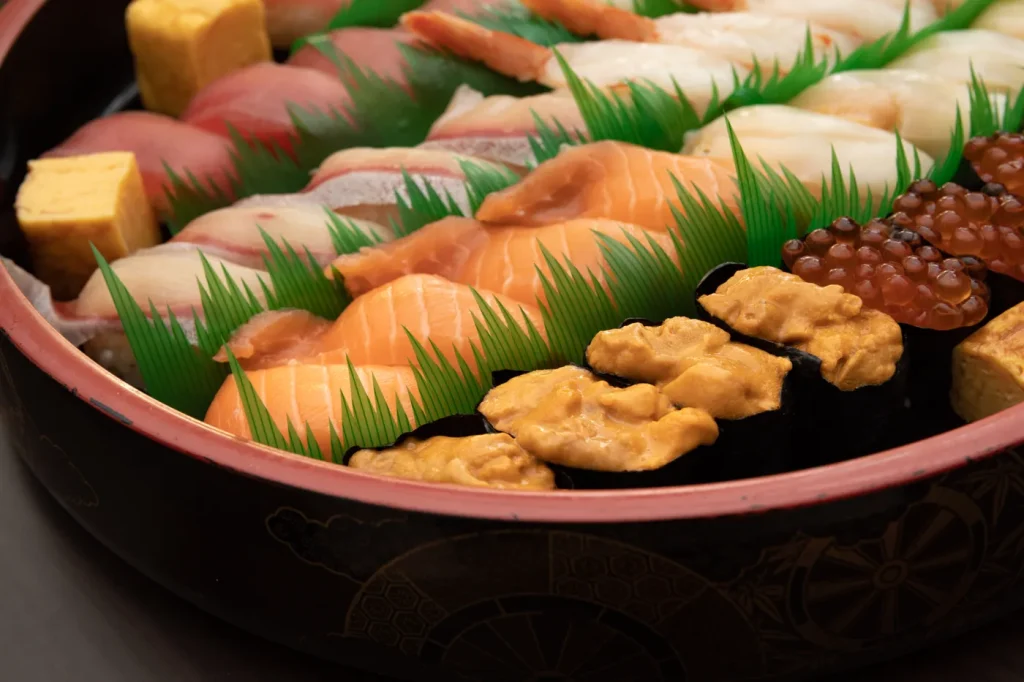
軍艦巻【GUNKAN-MAKI】Battleship Roll
ちらし寿司【CHIRASHI-ZUSHI】Scattered Sushi
巻寿司【MAKI-ZUSHI】Rolled sushi
手巻き寿司【TEMAKI-ZUSHI】
蕎麦【SOBA】
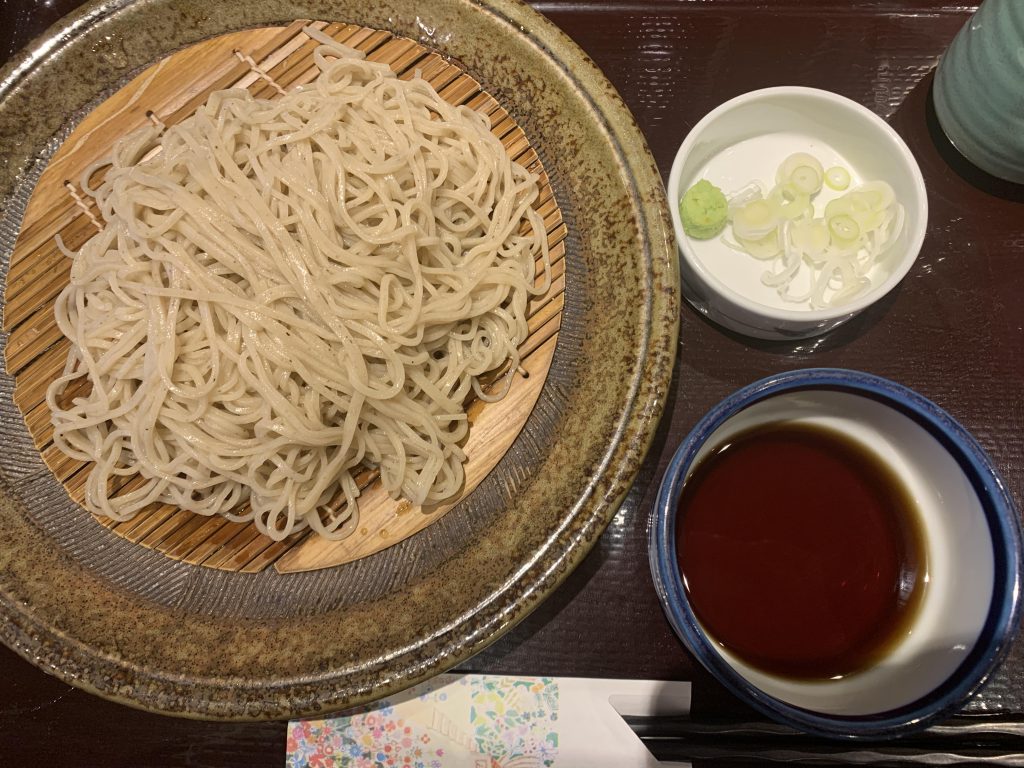
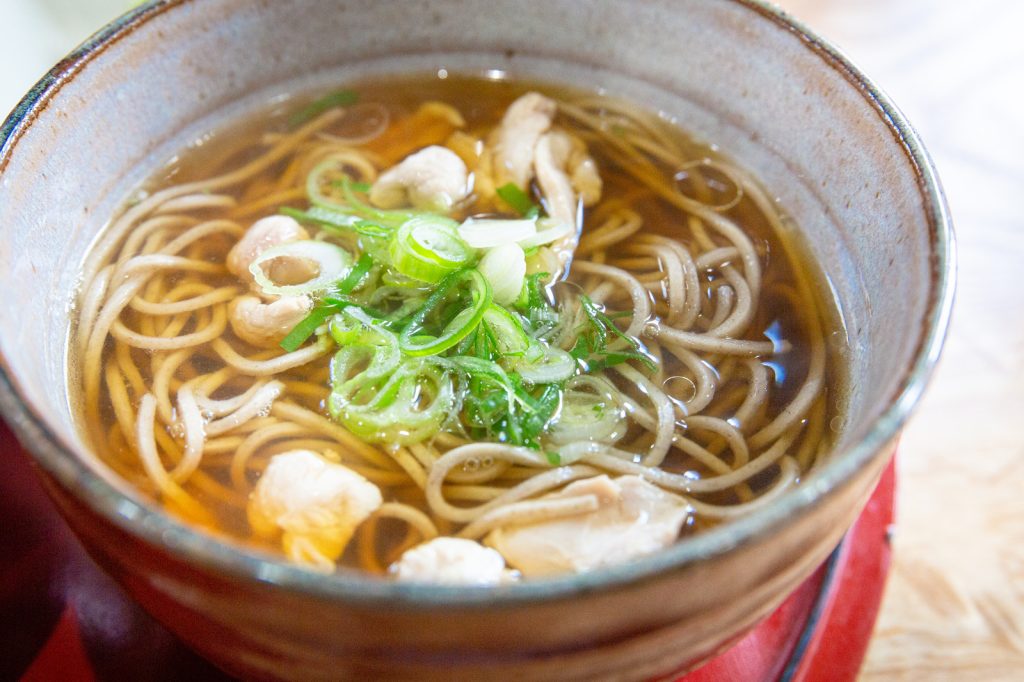
うどん【UDON】
きつねうどん【KITSUNE-UDON】
たぬきうどん【TANUKI-UDON】
天ぷら【TEMPURA】
焼き鳥【YAKITORI】
▶How to make YAKITORI’s TARE(Sause) by your self?

▶I bought 焼き鳥【YAKITORI(Grilled Chickens)】at festival stand.
鰻【UNAGI(Eel)】
▶What is the special day which Japanese people eat 鰻【UNAGI】?
▶Very popular among foreign people…How to make TARE (Sauce) of UNAGI by your self?
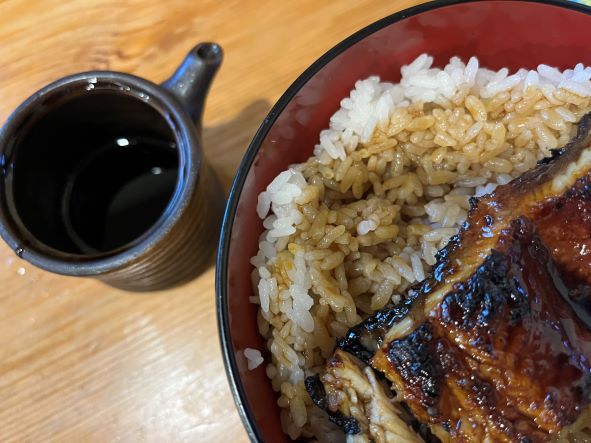
丼【DOMBURI】
牛丼【GYUU-DON(Beef-rice bowl)】 A rice bowl boiled beef and onion with sweet soy sauce, topping with 紅ショウガ【BENI-SHOUGA(Red ginger)】.
There are many GYUU-DON franchise chain stores all over Japan like 吉野屋【YOSHINO-YA】, 松屋【MATSU-YA】and すき屋【SUKI-YA】. You can enjoy it in very reasonable price.
天丼【TEN-DON(TEMPURA Shrimp Rice Bowl)】
海鮮丼【KAISEN-DON( Fresh Sashimi Fishes Rice Bowl)】
親子丼【OYAKO-DON(Chicken and Egg Rice bowl)】
親子【OYAKO】Literally means “Parent and Child” because chicken and egg are used.
▶How to make delicious 親子丼【OYAKO-DON】easily at your home?
果物【KUDAMONO(Fruits)】
Japanese fruits have long been researched for their deliciousness and ease of growing, and their varieties have been improved, and their quality is high.
Japan has 4 clear-cut seasons and each season has seasonal fruits.
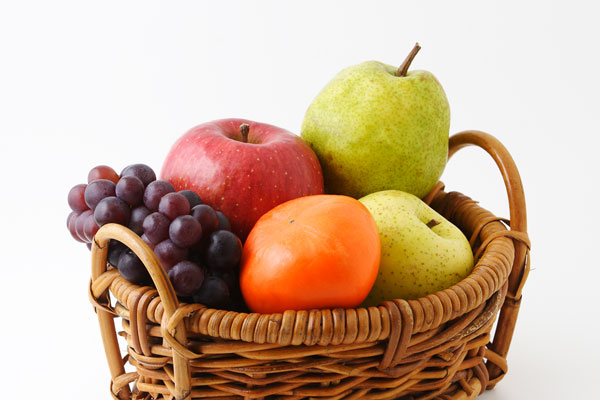
春<Spring>🌸
○苺【ICHIGO(Strawberry)】
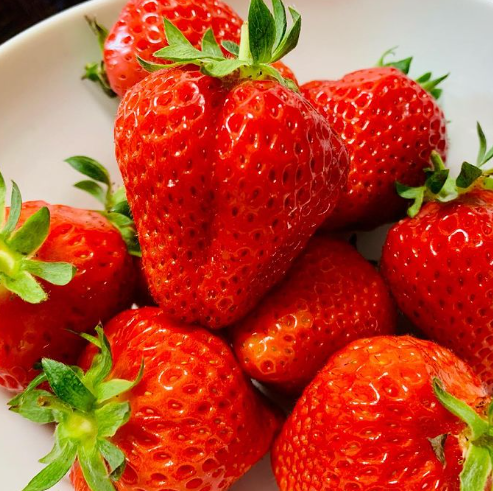
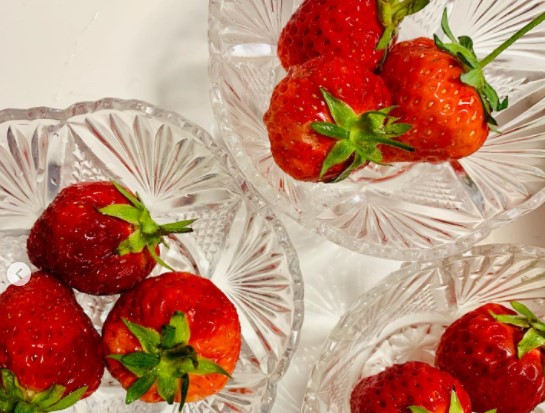
〇さくらんぼ【SAKURANBO(Cherry)】
▶GOLDFISH TOURS<JAPAN<<NIIGATA<<<聖籠【SEIROU】There is a town which is full of SAKURANBO farms!How pretty it is(^^)♪

夏<Summer>🍉
○桃【MOMO(Peach)】
There is a 桃源郷【TOUGEN-KYOU】Dreamy Peach-blossom hometown in 新潟【NIIGATA】…You can enjoy blooms in spring and eat them in summer at a lot of tourism farms. GOLDFISH TOURS<JAPAN<<NIIGATA<<<白根【SHIRONE】/南区【MINAMI-KU(SOUTH-ERA)】
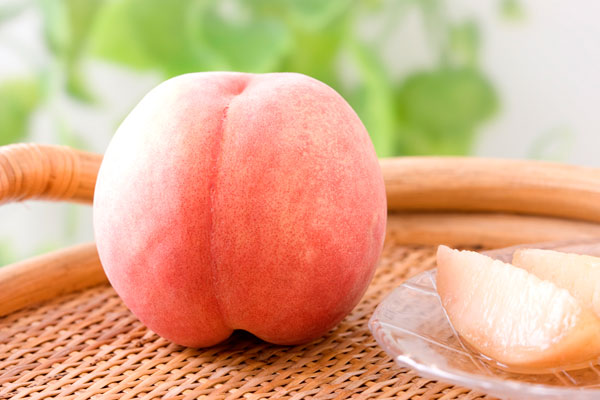
○すいか【SUIKA(Water Melons)】
八色西瓜【YAIRO-SUIKA】in 魚沼【UONUMA-CITY】is worth to eat once!! Ultimately well cultivated at the place which made KOSHIHIKARI rice Japan’s NO.1 brand for long decades.
新潟市【NIIGATA-CITY】has sandy land near beach and is a product place of すいか/西瓜【SUIKA(Water Melons)】 and Melons. You can see water melon stands on the streets in summer.

○メロン【Melon】
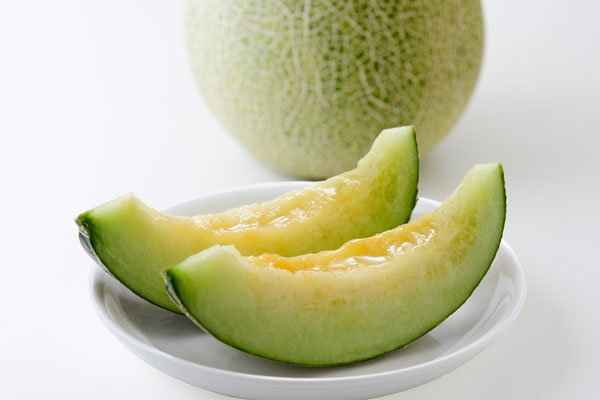
秋<Autumn>🍁
○梨【NASHI(Pear)】/(和梨【WA-NASHI(Japanese Pear)】
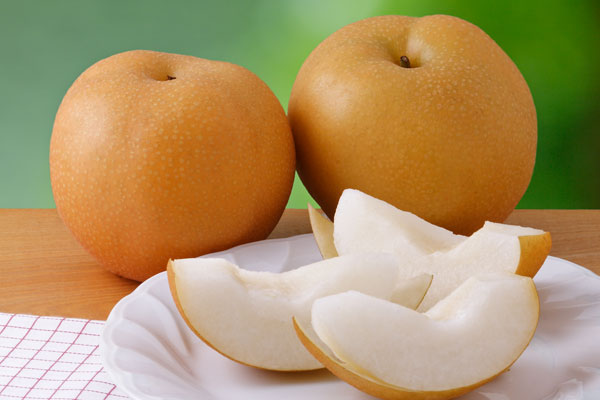
○葡萄【BUDOU(Grapes)】

〇栗【KURI(Chestnut)】
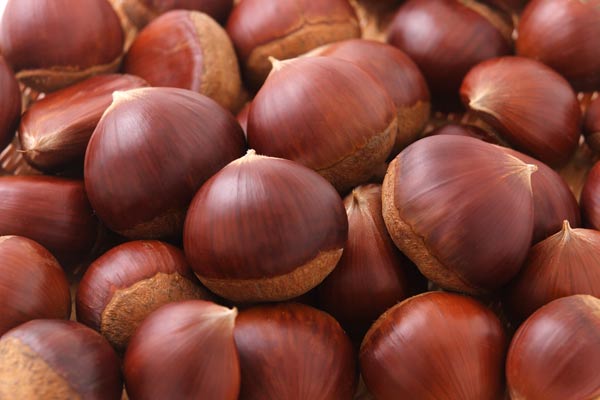
○柿【KAKI(Persiomons)】
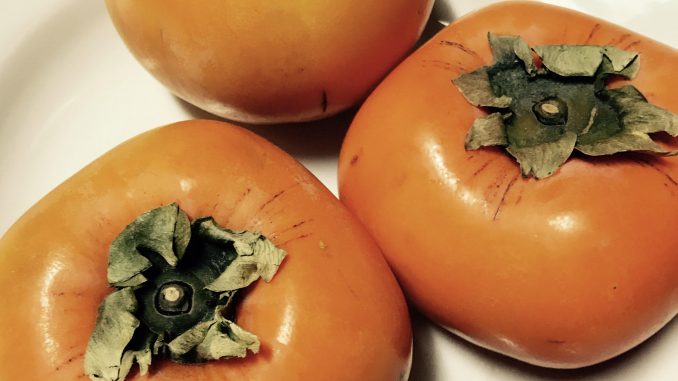
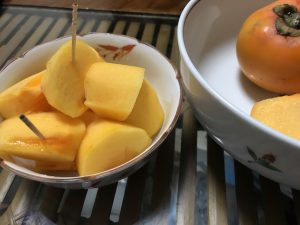
冬<Winter>⛄
〇洋梨【YOU-NASHI】(Western Pear)
ル・レクチェ【LU-RECTURE】is amazingly delicious western pears made in Niigata during winter. They are called a gentle lady of western pear and having strong sweetness, splendid aroma and unbelievably smooth texture.
At the first time I taste it, I thought it was a comport and boiled with honey or sugar!
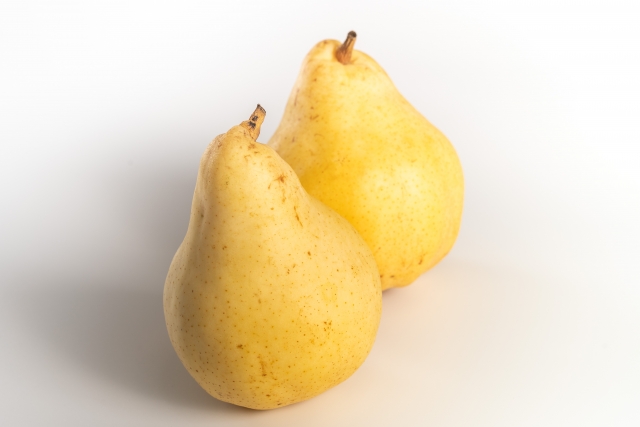
〇みかん【MIKAN】
Very popular fruit for Japanese during winter. They are smaller than oranges. Their peels are soft and we can peal off by our fingers. It is our joy to eat them in こたつ【KOTATSU(Table style warmer)】watching snow from a window.
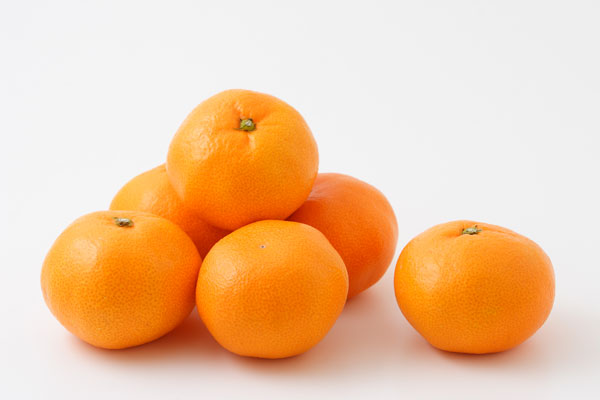
Japanese fruits had been highly cultivated for a long time by farmer’s strong efforts, so they are very sweet and delicious.
These fruits are popular in each seasons.
野菜【YASAI(Vegetables)】
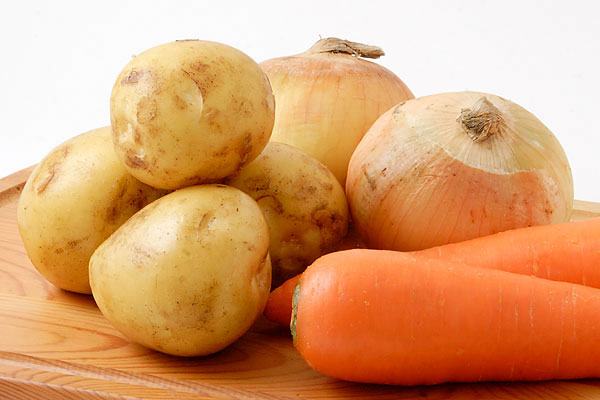
大根【DAIKON】
人参【NINJIN】
玉ねぎ【TAMA-NEGI】
トマト【TOMATO】
じゃがいも【JYAGA-IMO】
さつまいも【SATSUMA-IMO】
とうもろこし【TOUMOROKOSHI】
ねぎ【NEGI】・長ねぎ【NAGA-NEGI】
キャベツ【KYABETSU】
白菜【HAKUSAI】
きのこ【KINOKO(Mushrooms)】
Japanese people eat various kind of mushrooms in their daily meal, too.
Especially for as ingredients of Miso-soup or 鍋【NABE】.
しいたけ【SHIITAKE】Dried ones are used as 出汁【DASHI(Soup stock)】of MISO Soup. It is popular as ingredient of 鍋【NABE】or 煮物【NIMONO(Boiled vegetables)】.
しめじ【SHIMEJI】・ぶなしめじ【BUNA-SHIMEJI】
なめこ【NAMEKO】
えのき【ENOKI】・えのきだけ【ENOKI-DAKE】
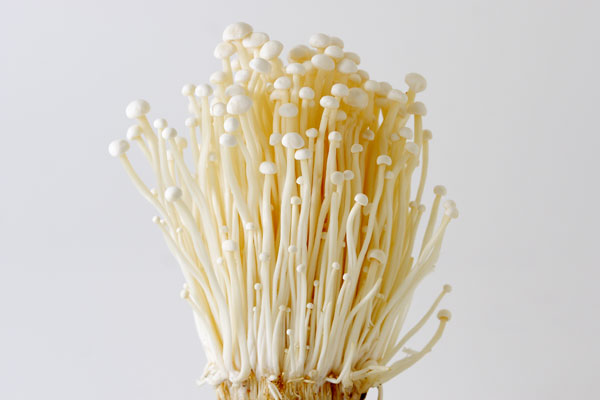
Domestic and Traditional vegetables:
○神楽南蛮【KAGURA-NAMBAN】Domestic and traditional vegetable of Nagaoka-city. Look like ピーマン【PIIMAN(preen peppers)】, but they are hot. 南蛮【NAMBAN】means Chilis. They looks like masks of 神楽【KAGURA(Ancient Shintoism Dance and Performance)】and that’s a reason of their name.
〇女池菜【MEIKE-NA】 Domestic and traditional vegetable in Niigata-city ( the capital of Niigata prefecture) to supply vitamins for people during winter. They become sweet and soft under the snow.

お菓子【OKASHI(Sweets)】
和生菓子【WANAMA-GASHI】
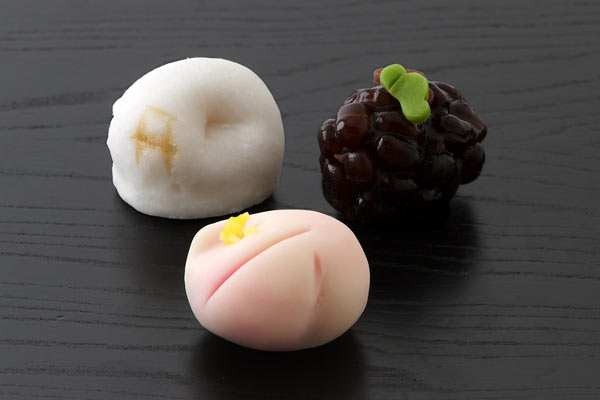
▶How to eat 和生【WANAMA】more delicious ?
半生菓子【HAN-NAMA-GASHI】
干菓子【HIGASHI】
煎餅【SENBEI】
団子【DANGO】
桜餅【SAKURA-MOCHI】
椿餅【TSUBAKI-MOCHI】
ぼた餅・お萩【BOTAMOCHI・OHAGI】
饅頭【MANJYUU】
笹団子【SASA‐DANGO】
どら焼き【DORAYAKI】

